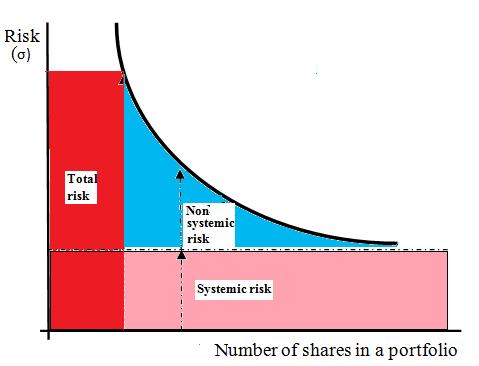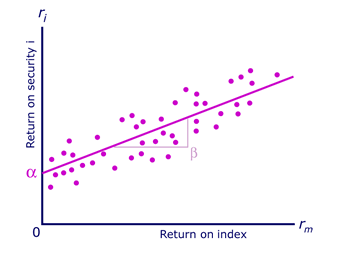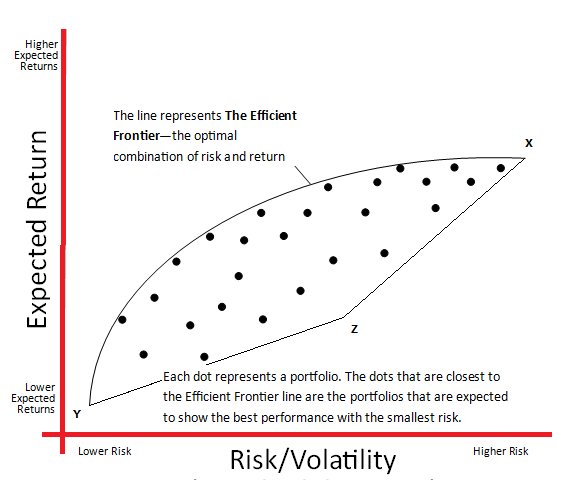Average investors are risk averse. Therefore, they will be ready to invest into securities under the presumption of an adequate compensation for risk taking. The compensation for the risk taken should be in the form of minimal rate of return for the invested financial assets, and the rate is named the required rate of return. It has two components:
- Delayed consumption compensation (investors could have purchased goods and services with the assets they are to invest) and
- Risk acceptance compensation.
Diversification is used to stabilize the potential return, and thus increase the value of the investment. Diversification stands for he investment of capital into several different securities or projects, all together called the portfolio.… Read the rest



